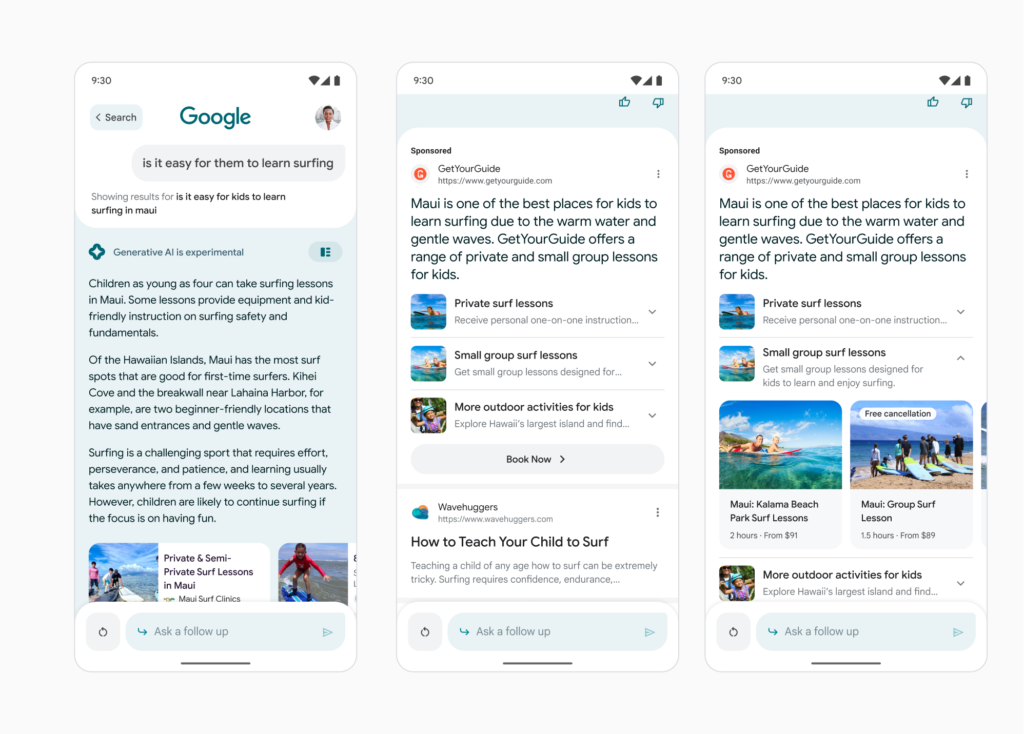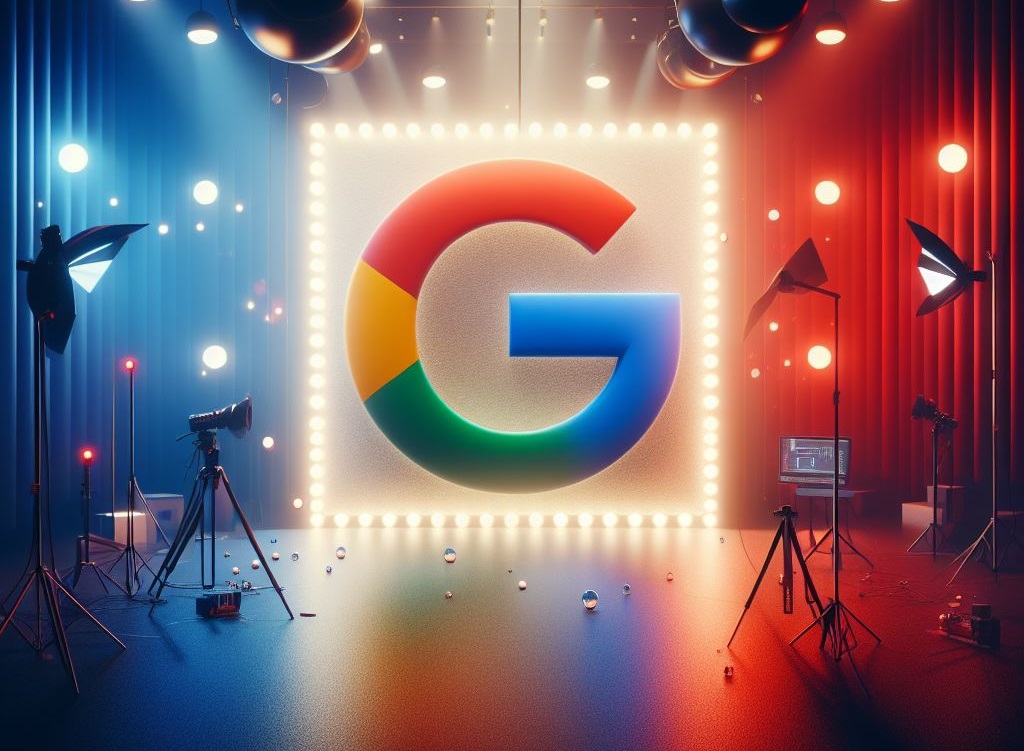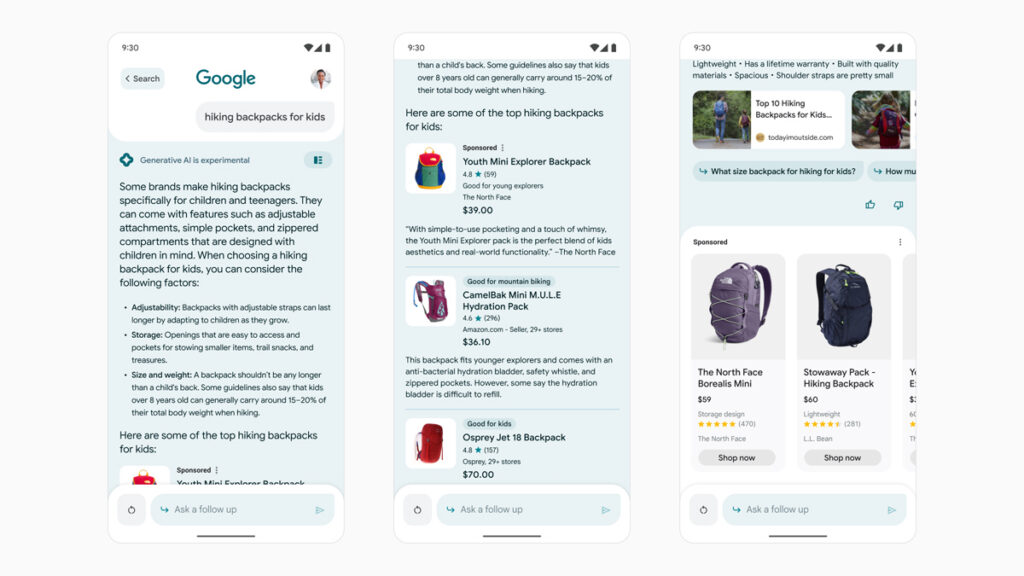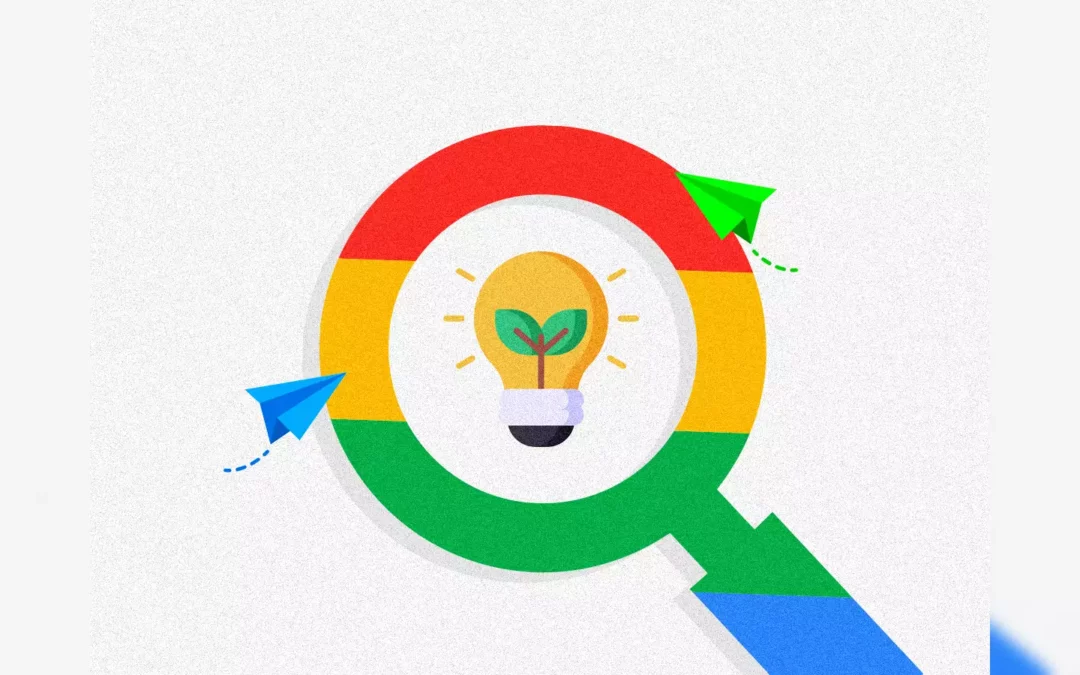With Google Ads, Google has introduced a conversational experience that runs on servers in data centers as well as mobile devices thanks to its Gemini AI model.
With conversational experience, advertisers may use a website URL to generate relevant ad material, including creative and keywords.
The tool, which was first unveiled in May at Google Marketing Live, is now accessible to English-language advertisers in the United States and the United Kingdom as part of a pilot trial.
READ MORE: Disney Plans To Install Shoppable Television Ads

In the next weeks, a global rollout to all English-language advertisers will get underway.
During the tool’s early testing, advertisers were able to create more effective search campaigns with less work. Leading to an increase in ad-strength scores—which gauge the relevancy, caliber, and diversity of ad material.
READ MORE: Support For Google Ads Is At A “All-Time Low” Google Questioned About This
According to Google, Page 1’s paid search manager, Tom Foster, the conversational experience contributed to the creation of higher-quality ads with “Good” or “Excellent” Ad Strength. Which further enhanced campaign success.

Search campaigns with “Good” or “Excellent Ad Strength.” Which indicate how well an ad creative adheres to Google’s guidelines for optimal performance. 42% more likely to be published by small businesses like Page1 that utilize Google Ads for advertising and the conversational experience.
Conversions and Ad Strength have been proven to be strongly correlated. Advertisers who upgrade their Ad Strength for their responsive search advertising from “Poor” to “Excellent” experience an average of 12% more conversions.
Advertisers tell Google that it can get harder to make visually appealing graphics that improve performance as search grows more visual.
READ MORE: LG Ads Study Reveals Viewers Want To Buy Products Via TV
Using pictures from the company’s landing page and generative AI (GAI). The conversational experience should be able to assist by making suggestions for images that are specific to the campaign.

We plan to add this capability in the upcoming months. Before the campaign launches, advertisers review all advertising assets, including the visuals.
SynthID will be used to identify and watermark any images produced with GAI in Google Ads, including the conversational experience. These images will be invisible. They’ll add open standard information to the image to show that artificial intelligence produced it.
Users can easily put a digital watermark onto AI-generated images or music by using this Google DeepMind application. Although invisible to humans, this watermark can be recognized for identification.
Radiant and America Nu, offering to elevate your entertainment game! Movies, TV series, exclusive interviews, music, and more—download now on various devices, including iPhones, Androids, smart TVs, Apple TV, Fire Stick, and more.



